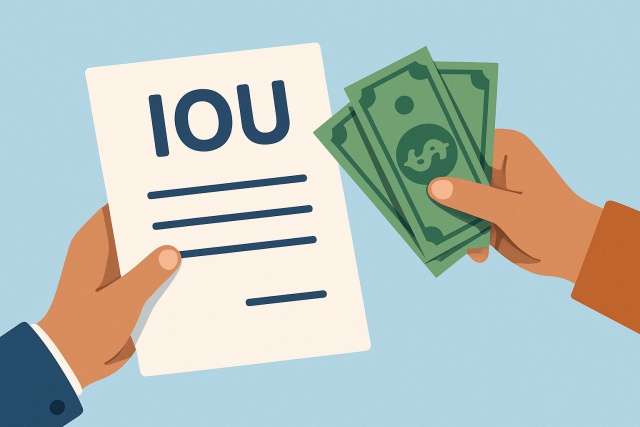
IOU Meaning in Finance
Discover what IOUs mean in finance, their role as informal debt acknowledgments, and how understandi...
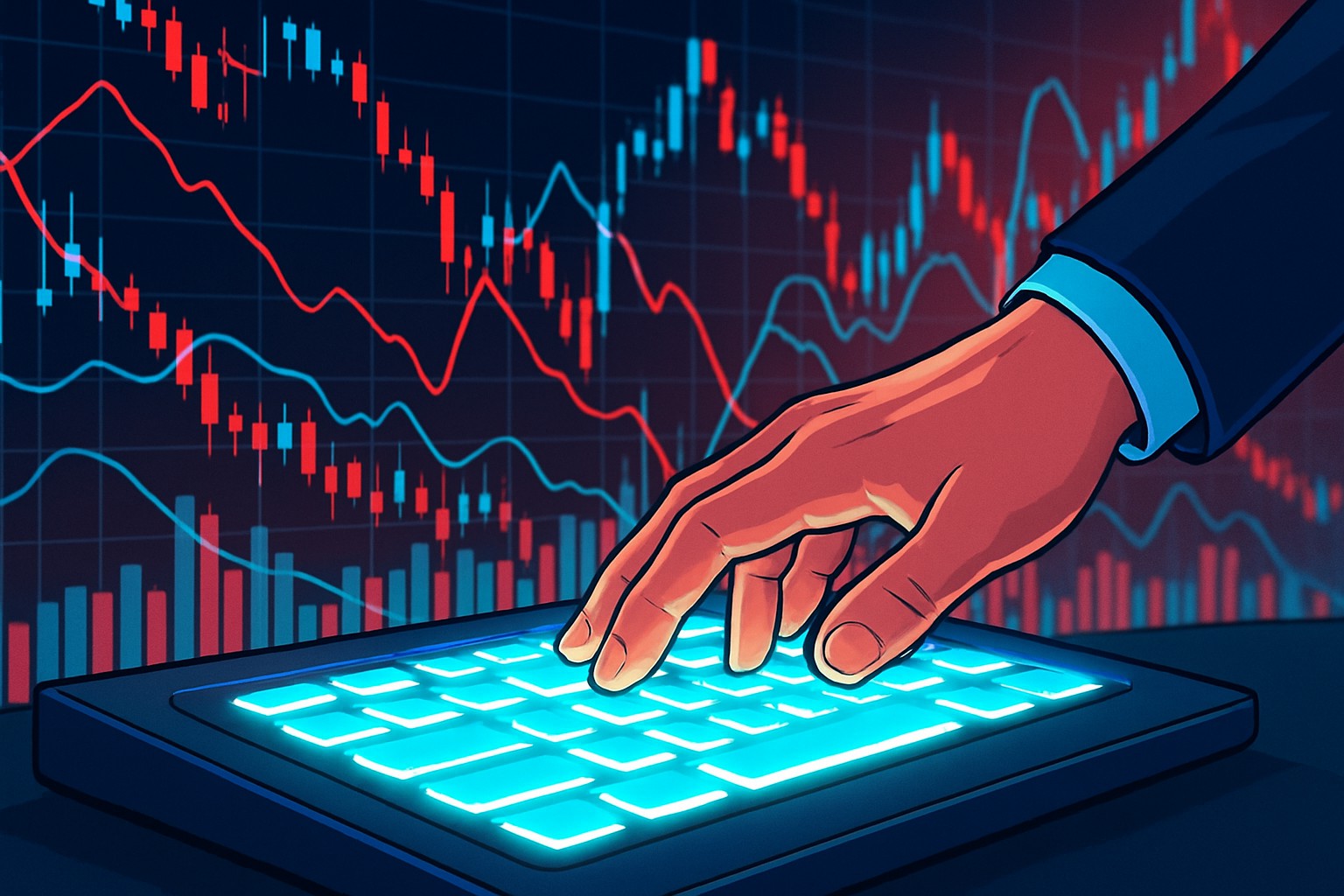
The trading world comes with its own language, a kind of jargon that can easily trip up even the most casual onlooker. One phrase you're likely to encounter is 'fat fingered meaning' - which basically boils down to those classic slip-ups when entering trade orders, like hitting the wrong key or accidentally typing in the wrong number of shares.
The term 'fat fingered' is a colorful way to describe those all-too-common slip-ups when entering trading orders—usually from hitting the wrong keys or punching in the wrong numbers by mistake. It paints a pretty vivid picture of a trader or operator having a momentary lapse, as if their ‘fat fingers’ just couldn’t quite hit the right button.
Fat finger errors can lead to serious headaches that hit not only the unlucky trader but also shake up the entire market. These slip-ups often spark sudden price jumps that toss supply and demand off their usual rhythm. They can also throw a wrench into liquidity. For big institutional players, a single fat finger mishap isn’t just a minor oops—it can cause substantial financial losses and start a domino effect in automated trading systems.
Individual traders or institutions can sometimes find themselves on the receiving end of nasty unexpected financial losses when trades go through unintentionally—it's the kind of mistake that makes you wince.
Fat finger errors briefly throw market prices off balance and send confusing signals that leave other participants scratching their heads.
Automated trading algorithms jump on these unusual trades like they’re hot cakes and can trigger a domino effect. Sometimes this even sparks those infamous flash crashes.
This sudden burst of volatility and uncertainty usually scares off liquidity because market makers often hit the pause button and wait for things to settle down.
When things get too wild, exchanges typically step in with corrective measures like canceling trades or tweaking the numbers to bring some calm back to the chaos.
"There was this one time when a simple fat finger slip landed us with millions of shares instead of just thousands. You can imagine the chaos—it sent the price of a major stock tumbling, setting off a wave that rippled across the entire market. It really drove home the point about having multiple layers of checks and balances; without them, even a tiny human slip-up can snowball into a full-blown mess." — Market Risk Specialist
Trading environments often demand quick thinking under pressure which can wear you down mentally. Stress, cognitive overload, impatience and fatigue chip away at a trader's sharpness and make fat finger errors almost inevitable. When traders are in a rush or running on empty, their usual eagle eye for detail tends to wander. That is when the wrong keys get pressed or numbers get misread.
Fat finger trades have caused dramatic market disruptions over the years, highlighting how vital those safeguards are. For instance, back in 2012 a trader at Knight Capital accidentally unleashed a flood of wrong orders that sent prices swinging wildly and caused a staggering $440 million loss—a costly slip-up. Then in 2015 a similar blunder by a bank sent a blue-chip stock tumbling abruptly on the Tokyo Stock Exchange. This naturally sparked a thorough review of electronic trading controls.
| Year | Market / Instrument | Nature of Error | Immediate Consequence | Market Reaction | Resolution |
|---|---|---|---|---|---|
| 2001 | Tokyo Stock Exchange - Blue Chip Stock | A rather large order slipped in by accident | Stock price took a quick dip | Trading hit pause temporarily; volatility spiked for a bit | Trades were nixed; tighter controls put in place to keep it from happening again |
| 2012 | U.S. Equity Markets - Knight Capital | An algorithm went off the rails and sent wrong orders | Blew a $440 million hole with some wild price swings | Markets got a bit chaotic; regulators leaned in harder | Software got fixed; extra risk checks added to keep things in line |
| 2015 | Tokyo Stock Exchange - Single Stock | Someone fat-fingered the share quantity | Price plunged sharply out of nowhere | Trading paused for a thorough once-over | Regulators stepped in with guidance; system upgrades followed through |
| 2019 | London Stock Exchange - Bond Market | A big bond order was entered incorrectly, causing a stir | Liquidity took a temporary hit | Price got distorted; some delays in trading | Orders were rolled back; monitoring got a solid upgrade |
| 2020 | NASDAQ - Tech Stock | The wrong ticker symbol made it into a trade | Caused an unexpected price spike | Market disruption was short-lived but noticeable | Trades canceled out; user interface got friendlier with new prompts |
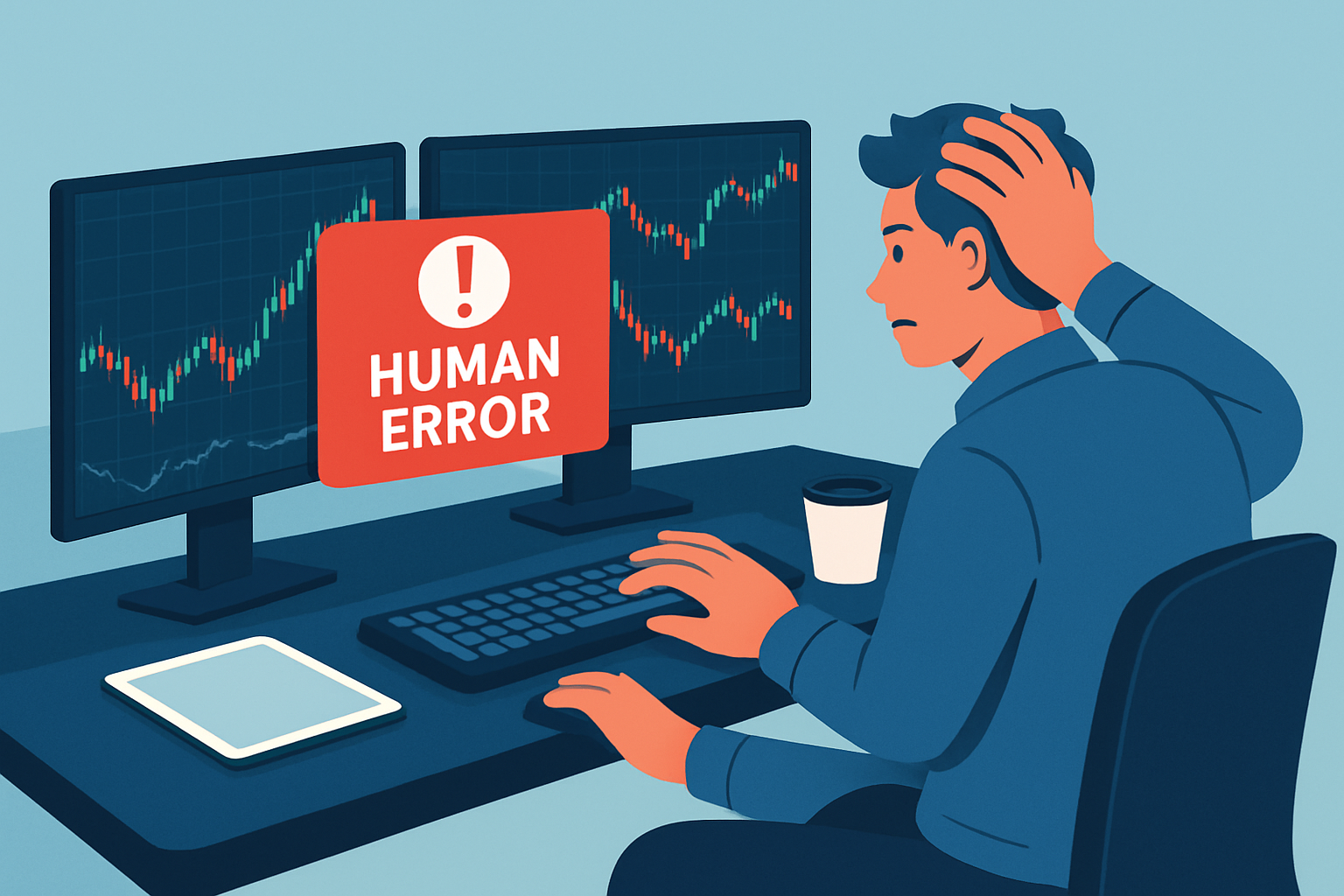
Visual representation of a trader making a fat finger error amidst fast-paced market data displays.
To keep pesky fat finger errors at bay, traders and firms lean on a solid mix of tech and time-tested best practices. They often roll out multi-step verifications and clever error detection algorithms plus nonstop trader training—kind of like a safety net that never lets up. Setting pre-trade risk limits with cooling-off periods for big orders acts as an early warning system and catches anything fishy before trades slip through the cracks.
Modern trading platforms rely on advanced technology to detect and stop fat finger errors before they cause problems in the market. Tools like AI-driven anomaly detection and real-time trade monitoring work behind the scenes to flag unusual trades and halt them in time.
When a fat finger slip happens, jumping into action quickly and keeping your cool is key to minimizing the fallout. Traders should own up to the blunder right away and give their broker or trading desk a heads-up. They should also check if there’s any way to undo or fix the trade. Jotting down what went wrong can really pay off in keeping those slip-ups at bay.
Spot the mistake as quickly as you can. Catching it early is key to responding swiftly and preventing further losses from adding up.
Don’t waste a second. Reach out right away to your broker or risk management team to explore your options for reversing or at least lessening the impact.
If the exchange or broker rules allow it, ask for a trade cancellation. Sometimes it’s worth pushing for that lifeline.
Examine the trade confirmation screens carefully to pinpoint where things went wrong.
Take a moment to consider the psychological factors behind the error. Building that self-awareness can help you avoid making the same mistake again.
Keep improving your skills through ongoing learning and training. Focus closely on accuracy and smart risk management because it’s a marathon, not a sprint.
The fat fingered meaning often gets a bad rap and is widely misunderstood. These errors aren't just the pitfall of clumsy or green traders. They're not always easy to avoid. Technology can help reduce the chances but can't completely wipe out human slip-ups. When handled smartly, these errors don't always lead to disaster.
Struggling to improve your trading performance? Edgewonk's advanced analytics tools are designed to give you the edge you need.
With detailed trade journaling, robust strategy analysis, and psychological insights, you'll gain a comprehensive understanding of your strengths and weaknesses. Don't miss out on this game-changing opportunity.
Traders, it's time to elevate your game. Edgewonk is the ultimate trading journal software designed to empower you with data-driven insights and personalized strategies. Take control of your trading journey and maximize your potential.
20 posts written
Driven by an insatiable curiosity for behavioral economics and its impact on trading psychology, Sophia Dekkers offers groundbreaking insights into harnessing cognitive biases for improved decision-making.
Read Articles
Discover what IOUs mean in finance, their role as informal debt acknowledgments, and how understandi...
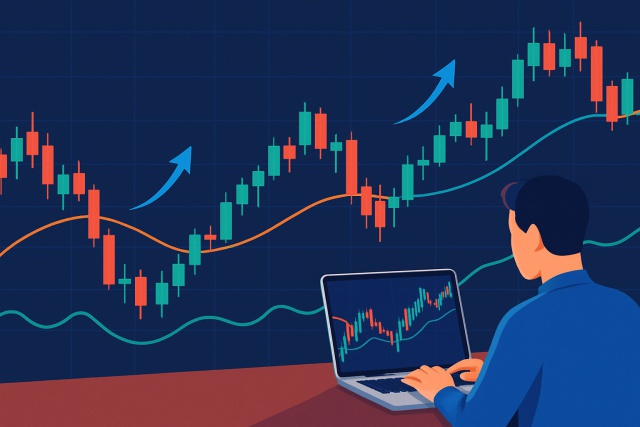
Unlock the power of candle patterns to decode market psychology and improve your trading precision....
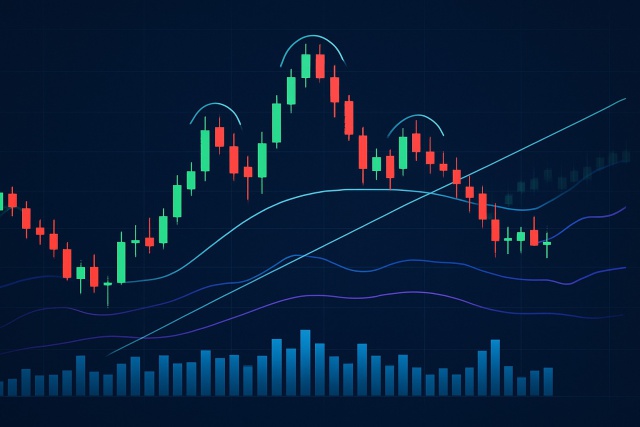
Unlock the power of the head and shoulders pattern with this complete guide. Learn to spot, trade, a...
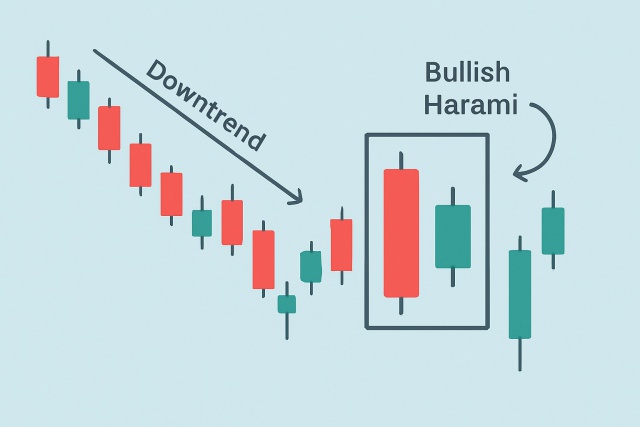
Discover the bullish harami candlestick pattern—a key technical signal that can hint at trend revers...
